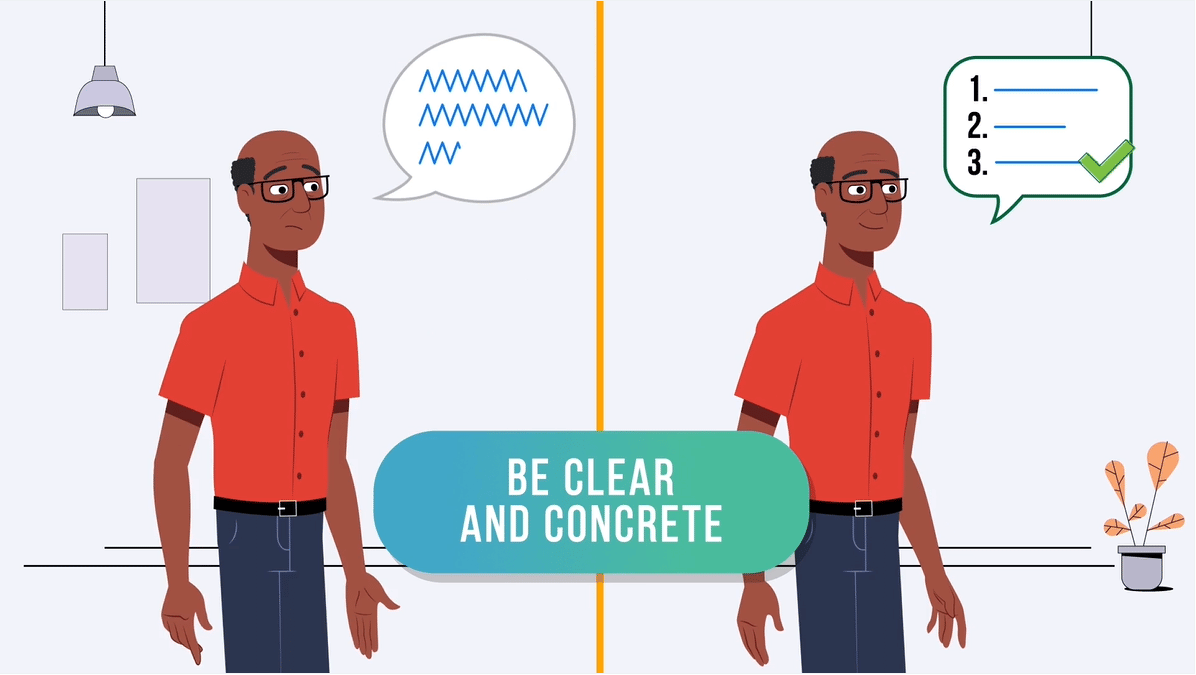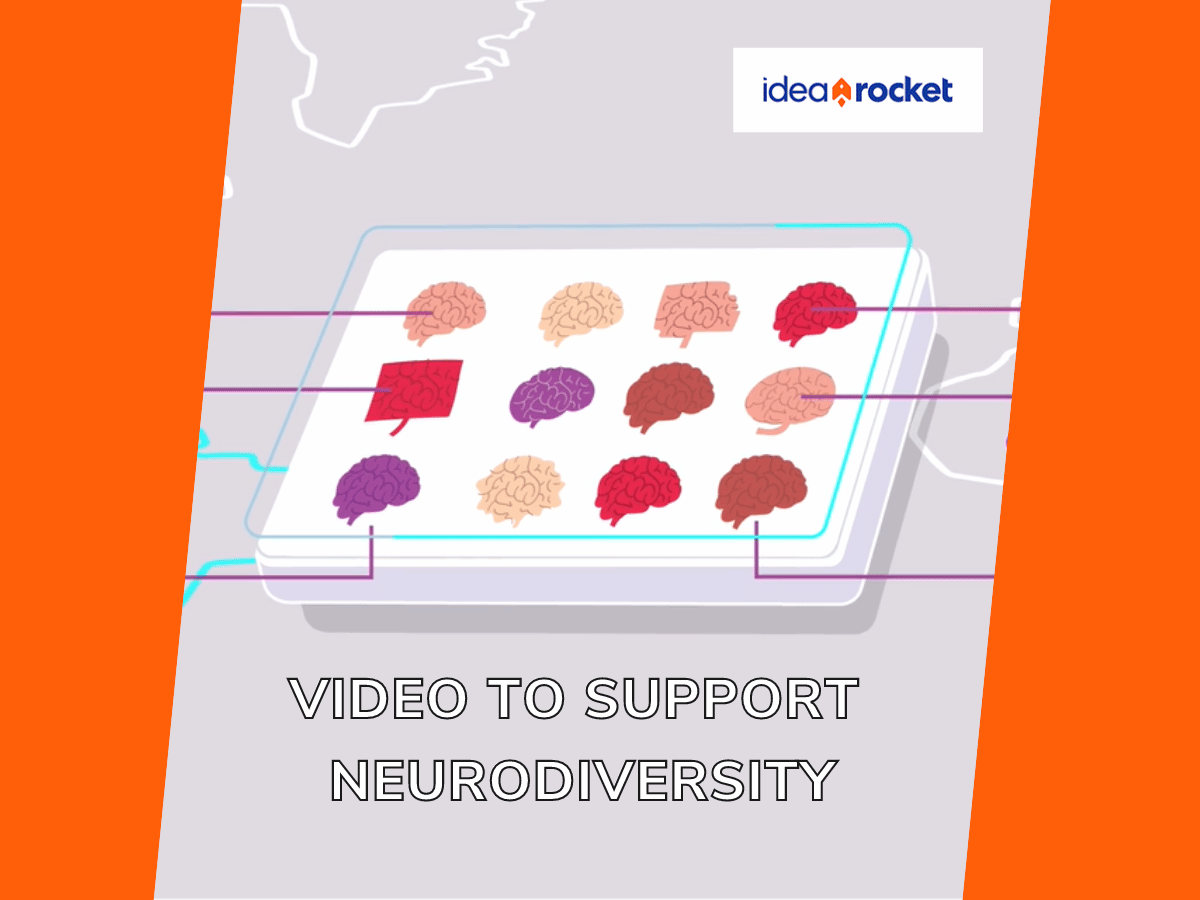We all know that diverse teams get better results. When we talk about employee diversity we often focus on race and culture, but neurodiversity in the workplace is equally important. Neurodiverse employees bring a unique perspective that can make your team more productive and creative.
Video is a valuable tool for supporting neurodiversity in the workplace. Not only can it help your neurodiverse employees feel more at home, it can also guide employees and teammates as they interact with neurodiverse employees.
What is NeuroDiversity in the Workplace?
Most often, the conversation around neurodivergence in the workplace focuses on employees with autism, but there are many types of neurodiversity. People with attention deficit hyperactivity disorder (ADHD), post-traumatic stress disorder, or learning challenges may all be neurodiverse. So are some people with traumatic brain injury, certain forms of chronic illness and other personal circumstances.
Basically, neurodiversity is the result of neurological variation in the human brain that causes certain people to think or process information differently. Neurodivergence can be innate or acquired as a result of experience. Statistically speaking, if your team has 10 people or more, you probably have at least one neurodivergent employee on your team already.
In fact, somewhere between 15 and 20% of the population is neurodivergent depending on which study you read. Yet most workplaces are designed for neurotypical employees. So finding ways to support and manage neurodiverse employees just makes good business sense.
How Video Can Support Neurodiverse Employees
Video training is one way to support your neurodiverse employees. Face-to-face, in-person training can challenge neurodiverse employees in ways that distract from the material you’re hoping to teach for two reasons.
First, many neurodivergent people find social cues difficult to decode. While training, they don’t just have to take in the material, but also interact with the trainer. This social interaction demand can make learning more difficult. This problem only multiplies if there are other people being trained at the same time.
Second, many people have trouble staying focused on directions that are only spoken. Without visual cues, attention drifts and concepts are more difficult to follow. So lectures or live presentations can be really challenging.

Video can help solve both of these problems. Delivering training in video format allows the person being trained to focus on the content, rather than worrying about social niceties. They can slow down, pause, or rewatch the same section over and over if needed. Plus video, especially animation, pairs the spoken word with images making messages much easier to process.
Including accessibility options like subtitles and captioning can make your training videos even more effective for more people.
Use Video to Train Interviewers, Leaders and Coworkers
Training employees, managers, and interviewers on neurodiversity can be part of your diversity, equity, and inclusion efforts. It helps create a more inclusive and supportive workplace for everyone.
Specifically, you can create training videos that:
- Set and spread standards of inclusiveness throughout your organization
- Train interviewers on best practices for recruiting and interviewing neurodiverse employees
- Help neurotypical employees understand their neurodiverse colleagues
- Offer leaders strategies for working with neurodiverse teams

Other Tools to Support Neurodiversity in the Workplace
You can start building a culture of inclusion now, before you aggressively recruit neurodiverse people onto your teams. The right messaging and training can make sure that everyone understands the advantages of neurodiversity in the workplace. In addition to training videos you can create:
- Neuro-inclusive interview standards and procedures
- Visual supports for onboarding, training, retraining, and promotion
- Mentoring opportunities to help new employees acclimate to your team. This can be facilitated by a mentoring application.
- Clear values and operational principles that promote inclusivity
- Flexible work environments and schedules
We recently partnered with Rethink to create a series of videos on Neurodiversity in the Workplace. Visit their site to get the full training curriculum.
For videos to support your diversity, equity and inclusion initiatives, contact the video experts at IdeaRocket.



